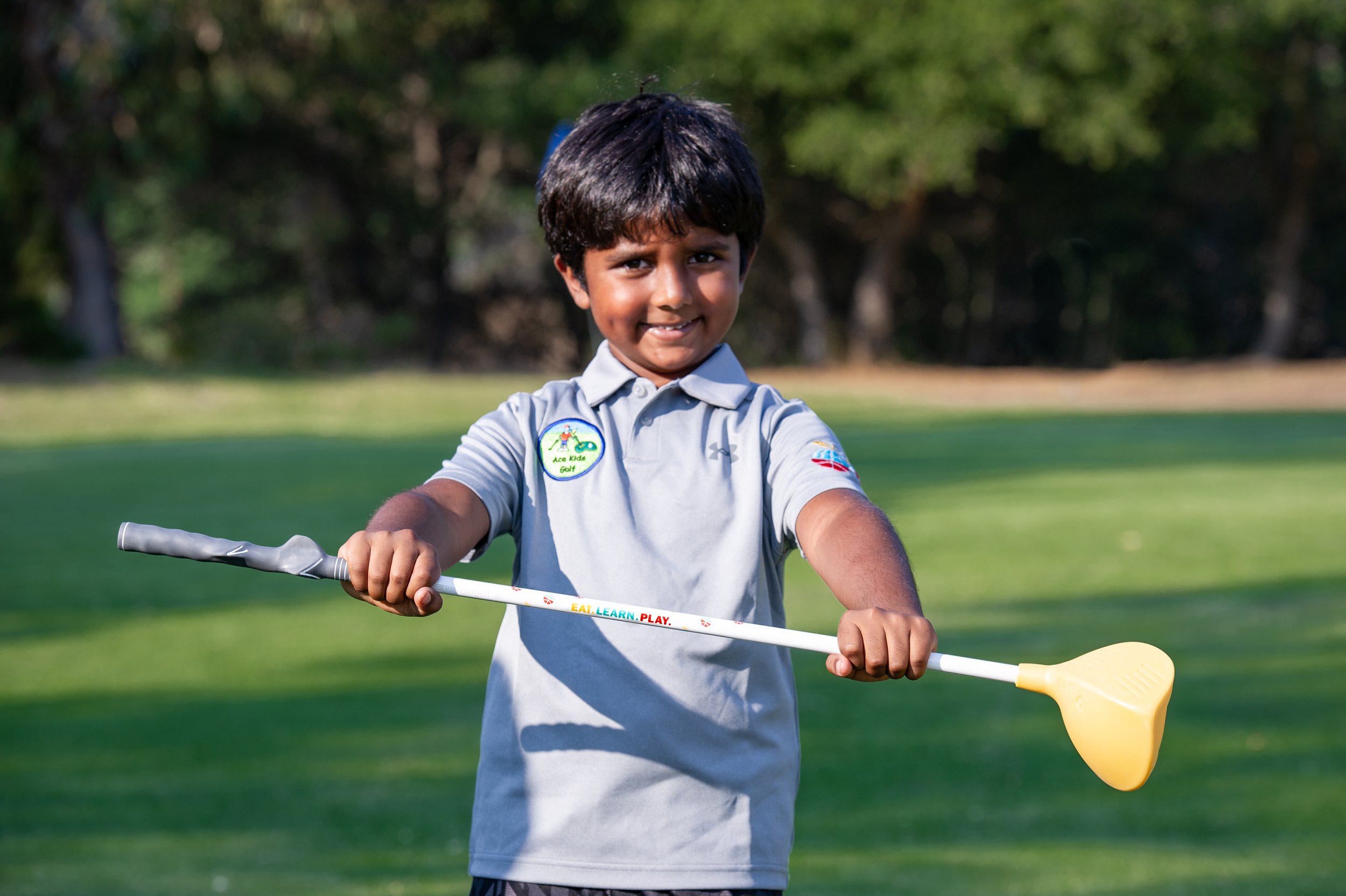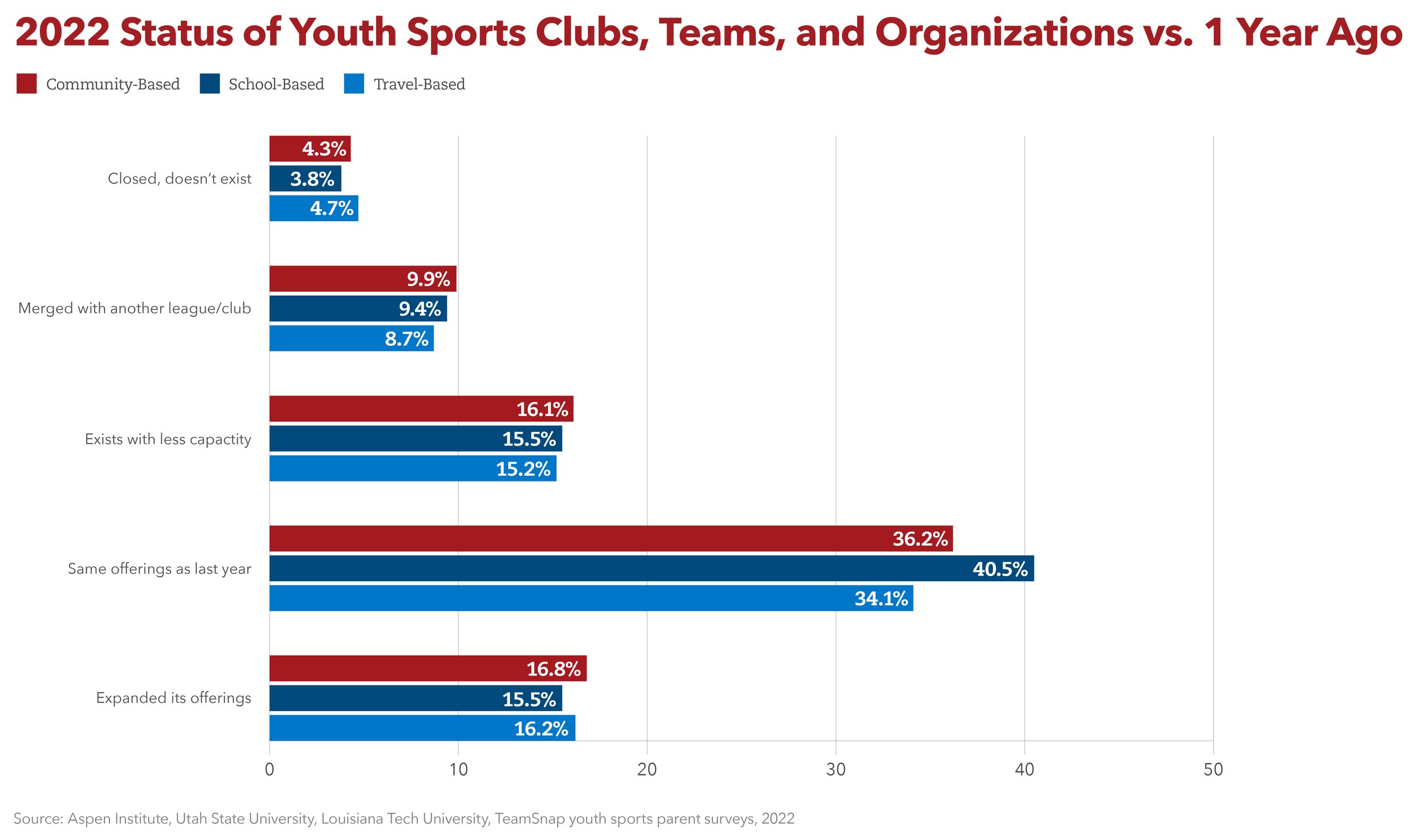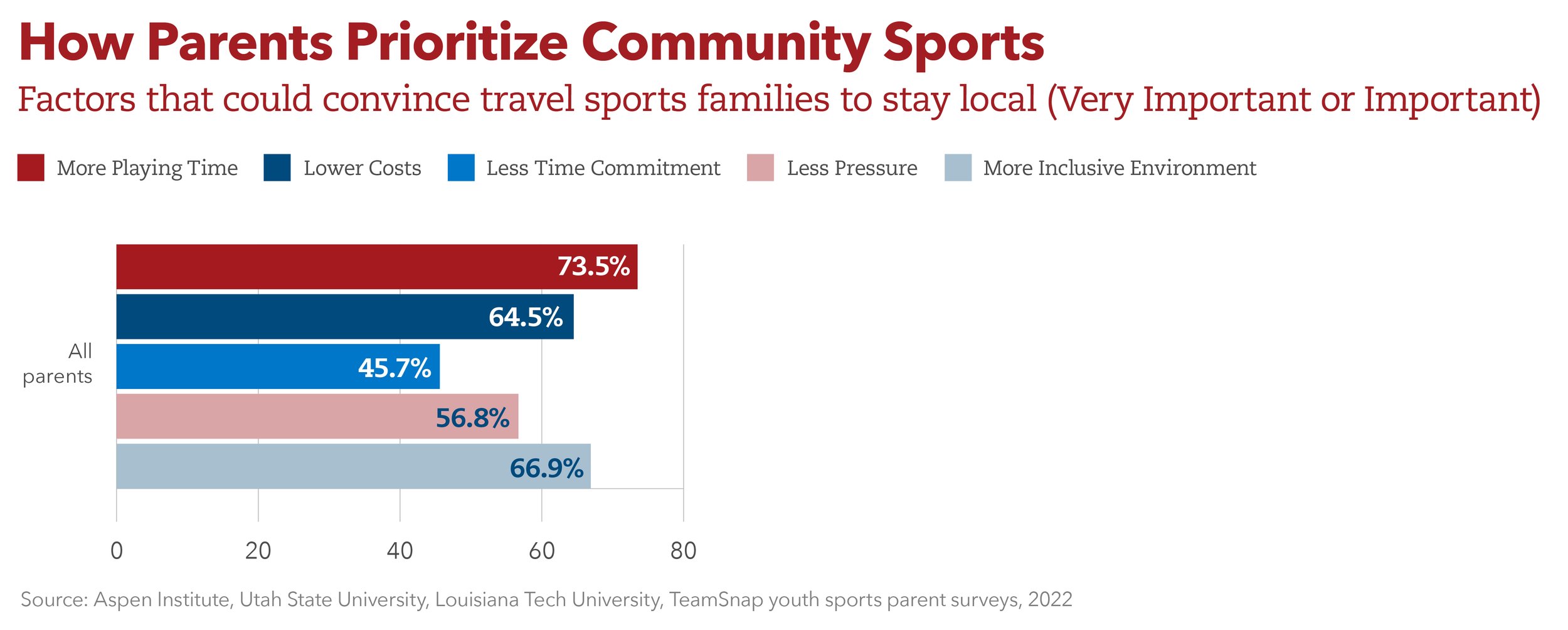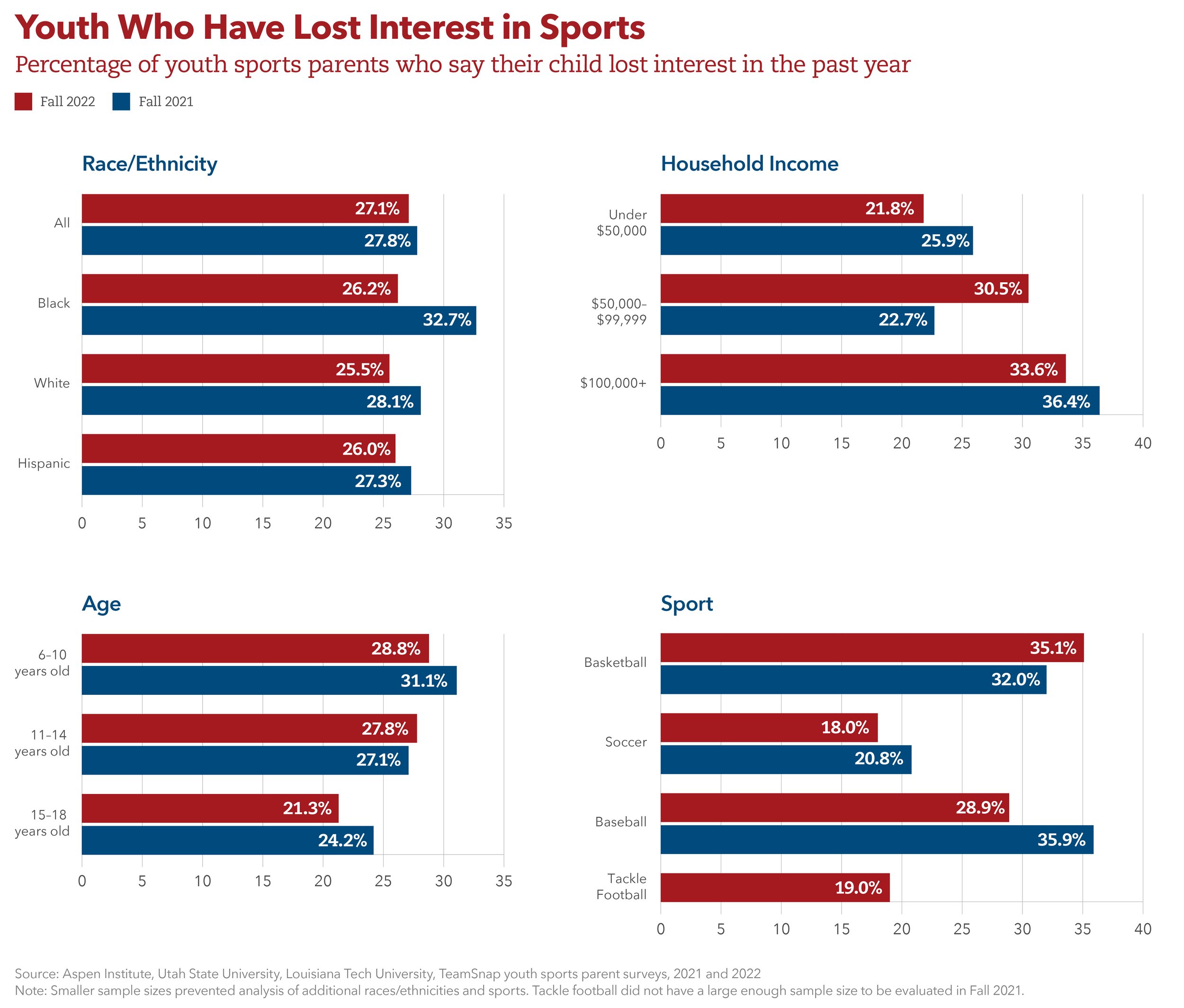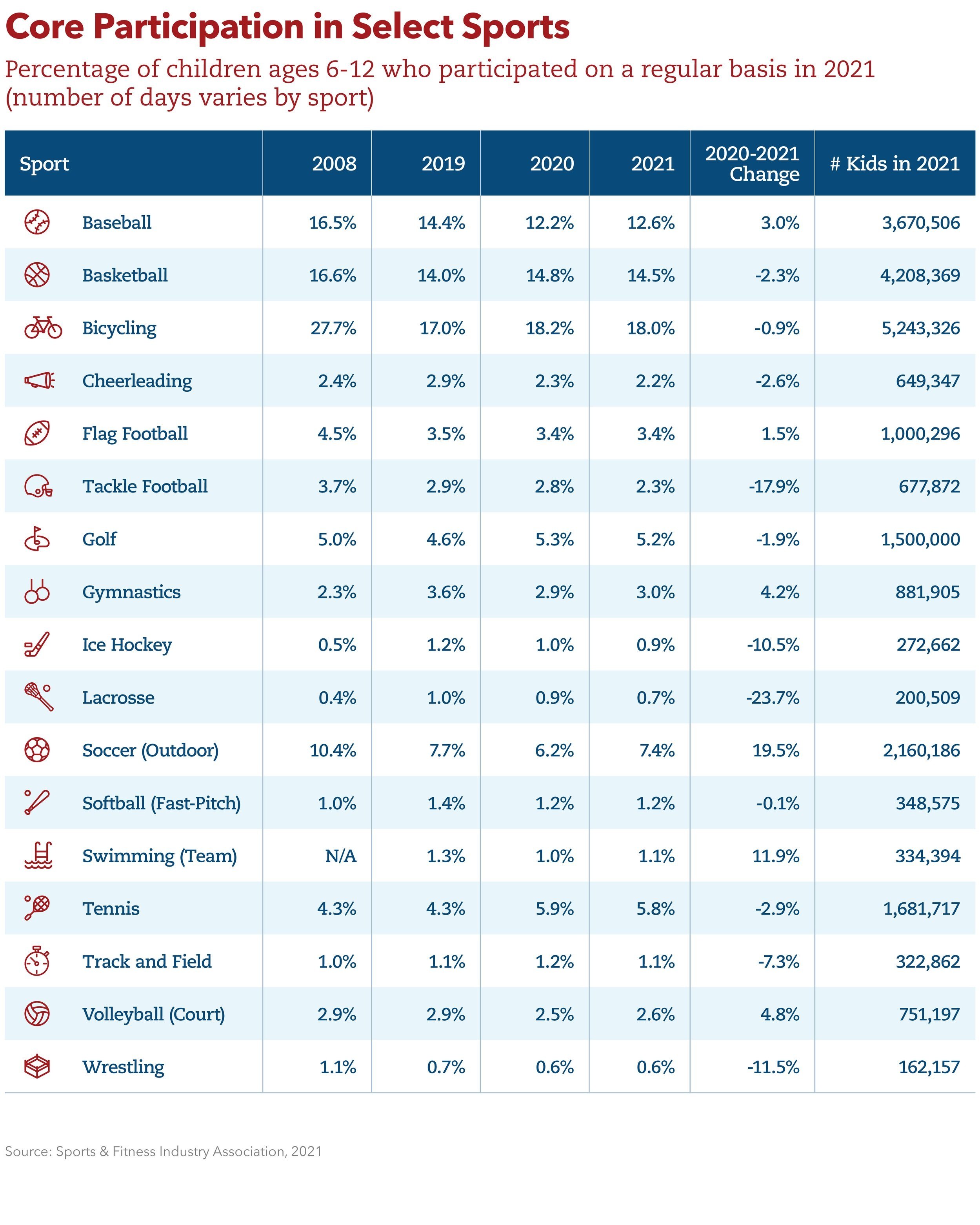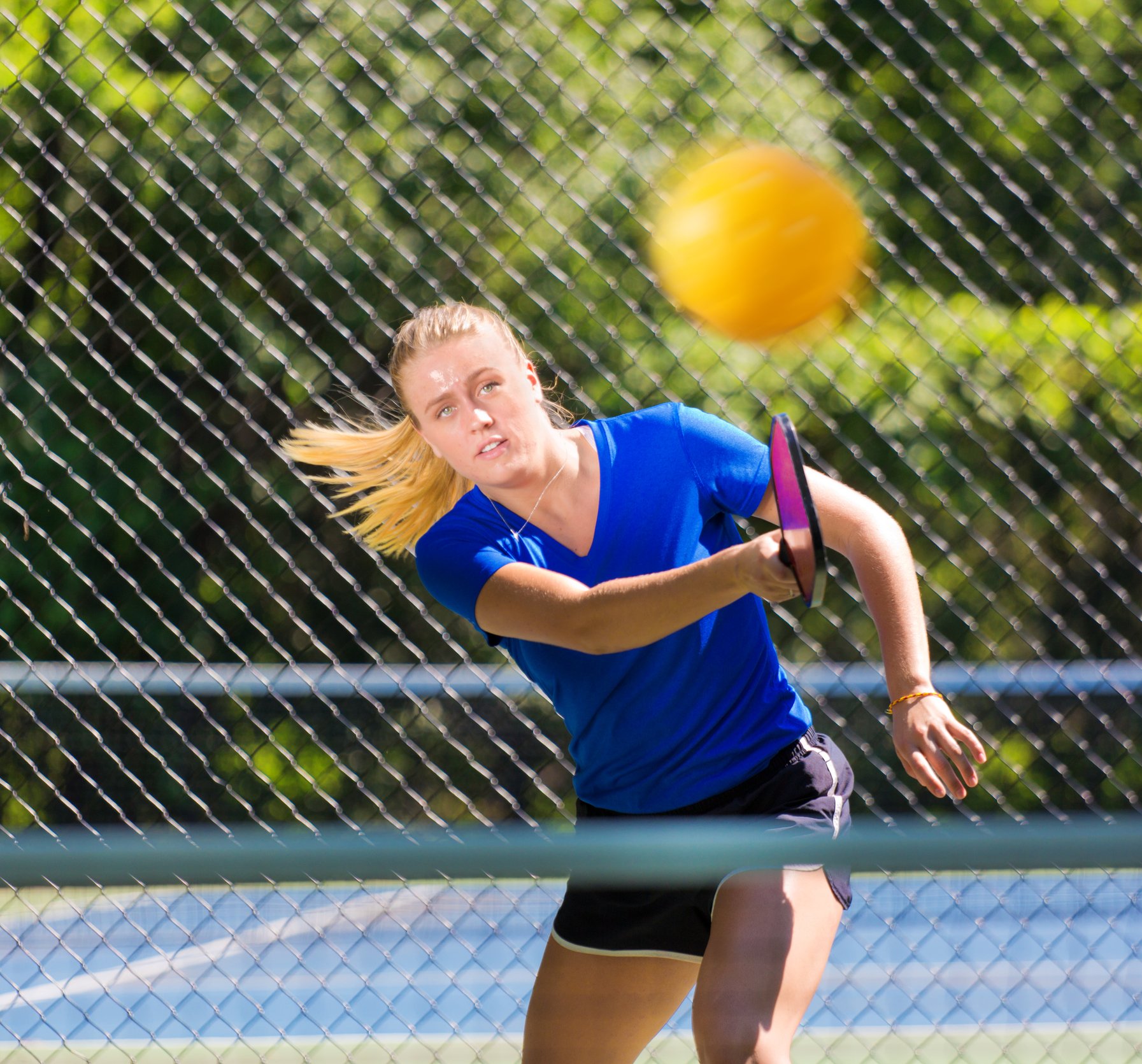Participation Trends
Kids are back to sports – sort of. As the impact of COVID-19 on our society lessened in 2022, how children participated in sports continued to evolve. The trends below come from the Aspen Institute’s State of Play 2022 report, courtesy of data collected or analyzed by the Project Play team or articles and research produced by other entities.
Top 5 Participation Trends
1
Younger children played team sports at a historically low rate, but there is progress. Team sports participation took a big hit during the start of the pandemic in 2020 and into 2021, and while it’s rebounding, it’s not back to pre-pandemic levels. Only 37% of children ages 6-12 played team sports on a regular basis in 2021, the most recent year of available data from the Sports & Fitness Industry Association (SFIA). That’s down from 38% in 2019 and 2020 – and below 45% in 2008, the highest mark in recent decades before the Great Recession helped cause participation to shrink. Tom Cove, CEO of Sports & Fitness Industry Association (SFIA), said evidence suggests sports participation continued to rebound in 2022 but expressed concern about the rate for younger kids. Sports participation on a regular basis slightly increased for ages 13-17 in 2021, suggesting that school sports and elite travel sports may have lessened the COVID-19 blow for this age group.
Soccer, the third-most popular team sport for kids, rebounded with a 20% increase in 2021 for kids 6-12 and returned to pre-pandemic levels. Baseball was slightly up and basketball slightly down. Still, participation in all three sports remained considerably lower than it was in 2008 – a byproduct of early-sport specialization, high costs to play, fewer quality recreational opportunities, and the nation’s declining birth rate. In 2007, a record 4.3 million births occurred in the United States. That number declined in 12 of the next 13 years, falling to 3.6 million babies by 2020. Today’s 6- to 12-year-olds were born between 2010 and 2016. Fewer births will continue to impact the number of youth sports participants for the foreseeable future.
Meanwhile, the number of hours children played sports is back to pre-pandemic levels, according to new Aspen Institute youth sports parent survey results, in partnership with Utah State University, Louisiana Tech University and TeamSnap.
2
More children are returning to community-based sports. More than half (58%) of children who participate in sports played their primary sport through community-based programming in Fall 2022, according to our latest youth sports parent survey. That’s a jump from 38% in Fall 2021, when the pandemic had a greater impact on playing opportunities. Meanwhile, the rate of youth playing travel sports doubled in the past year to 29%.
Fewer community-based teams and organizations closed in the past year. Still, 3 of 10 youth sports parents said their child’s community sports program either closed, merged with another organization or exists with less capacity compared to last year. While that’s an improvement from 4 of 10 parents who said the same in Fall 2021, the latest data suggest community sports may reside on an unsteady foundation. As early-sport specialization gained steam in recent decades, more families took their time and money to travel sports, sometimes leaving community programs with fewer resources to provide all children with a quality experience. The cycle perpetuates itself: If parents believe community sports are not a quality experience, many spend more time and money than they wish through private, often tryout-based club programs that require travel.
How to revitalize in-town leagues? In our survey, travel sports parents rated more playing time (74%), more inclusive environments (67%) and lower costs (65%) as reasons to encourage them to prioritize community sports over travel leagues. Interestingly, 8 of 10 parents with kids ages 11-14 said a more inclusive environment would be a factor that would encourage them to sign up for community-based programs (vs. 5 of 10 parents with youth ages 15-18 and 6 of 10 parents with kids 6-10). Past research shows age 11 is the average time a child quits playing a sport, after less than three years and most often because the sport is not fun anymore.
3
Too many children have lost interest in sports, according to their parents. When the pandemic first started, one of the major questions was how time away from organized sports might impact children’s long-term interest in playing sports. In May and June of 2020, 18% and 19% of youth sports parents, respectively, viewed their child’s lack of interest in sports as a barrier to return to play. That figure spiked to 28% in Fall 2021 and held steady at 27% in Fall 2022, according to our latest youth sports parent survey. It’s not clear how many children stopped playing sports specifically because they lost interest.
A key trend emerged over recent years: The more money parents have, the less interest they said their child has in sports. This may suggest that wealthier children’s experiences weren’t optimal even before the pandemic.
“We know from previous research that parents who spend more on their kids’ sports have children with lower motivation and interest to continue participation,” said Dr. Travis Dorsch, co-author of the study and founder of the Families in Sport Lab at Utah State University. “The current data go a step further, suggesting that parents don’t even need to spend the money; they just need to have it. Together, these findings highlight the potential role of affluence in shaping kids’ opportunities, motivation, and engagement in organized sport.”
26%
Youth sports parents in Fall 2022 who viewed their child getting ill from COVID-19 as a barrier to play sports, according to our parent survey. That was down from 50% in Fall 2021.
4
Access for low-income children to play is improving but more is needed. In a hopeful sign, more children ages 6-12 living in homes earning less than $25,000 regularly played team sports, according to SFIA data. The rate increased to 24% in 2021, marking the third straight year this number improved, even during the pandemic. The lowest-income kids are still playing sports at a much lower rate than they did in 2012 (34%). But the gap between the highest- and lowest-income kids moved within 16 percentage points in 2021, compared to 20 percentage points in 2020. More targeted efforts and messaging by professional sports leagues and nonprofits about the disparities in access to sports may be making a difference, although among older children ages 13-17, the participation gap based on household income slightly increased.
Los Angeles County exemplifies the challenges. There, 1 of 3 adults said there were not enough opportunities for their children to play sports, and the rate was higher among lower-income households, according to a 2022 survey by the LA84 Foundation. School-based sports remain the best opportunity to deliver sports and physical activity for all youth given that cost and transportation barriers are often removed for families. According to SFIA, more youth 13-17 (42%) – the traditional school sports years – played team sports on a regular basis in 2021 than peers who are 6-12 (37%). Eleven sports experienced higher 2021 participation rates for ages 13-17 compared to six sports for ages 6-12.
5
Tennis and pickleball emerged as popular sports during COVID-19. Tennis was arguably the biggest success story during the pandemic, adding 679,000 youth ages 6-17 between 2019 and 2021 who played the sport on a regular basis, according to SFIA. There was 29% growth among kids ages 6-12 who played tennis regularly over that period. Tennis became a very friendly pandemic sport given its ease to follow social distancing. Also, the U.S. Tennis Association had a program already in place (Net Generation) that could take advantage of new interest.
4%
Decline in high school sports participation from 2018-19 to 2021-22, according to the National Federation of State High School Associations (NFHS)
Pickleball exploded during the pandemic for all ages, including youth. The sport attracted 462,000 more total participants among ages 6-17 between 2019 and 2021 – a staggering 83% increase. Pickleball is here to stay – it’s outdoors, very social, not that expensive, and easy to pick up regardless of athletic ability. Unlike golf, tennis, baseball or lacrosse, people can succeed in pickleball pretty quickly. Communities are racing to build courts to satisfy the growing appetite and investors are monetizing the sport. Meanwhile, the tennis community is trying to save its courts since many pickleball players have overwhelmed them.
"Given what has occurred in our country the past three years, we believe a decline of only 4% in (high school sports) participation totals from 2018-19 is pretty remarkable.”
— Karissa Niehoff, CEO, NFHS
On the flip side, tackle football participation for kids 6-12 declined 29% from 2016 to 2021 while flag football increased 15% during the same period. In 2021, 322,000 more children ages 6-12 played flag than tackle; a decade ago, tackle had 251,000 more youth that age than flag. Demographic changes in the U.S. and parent fears of brain injuries have impacted tackle football, although it’s still very popular in parts of the country.
Read all State of Play 2022 participation charts here.
Research Sources
Sports & Fitness Industry Association (SFIA)
National Youth Sports Parent Survey – Aspen Institute, Utah State University, Louisiana Tech University, TeamSnap
LA84 Foundation Youth Sports Participation Survey



